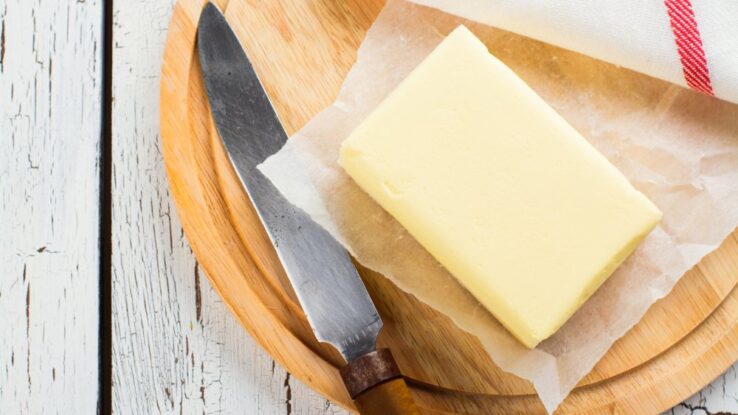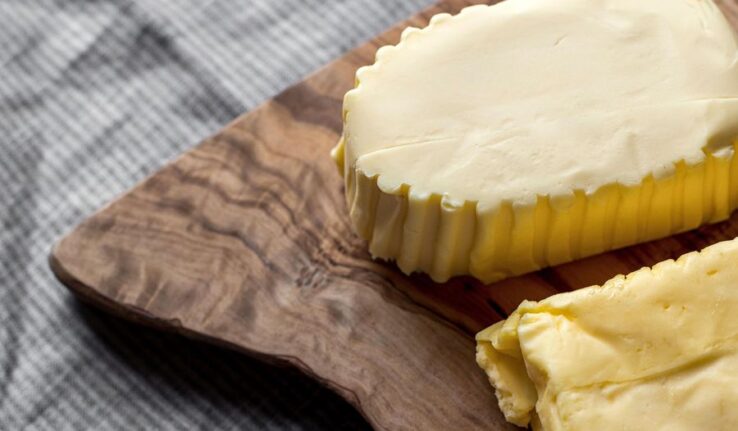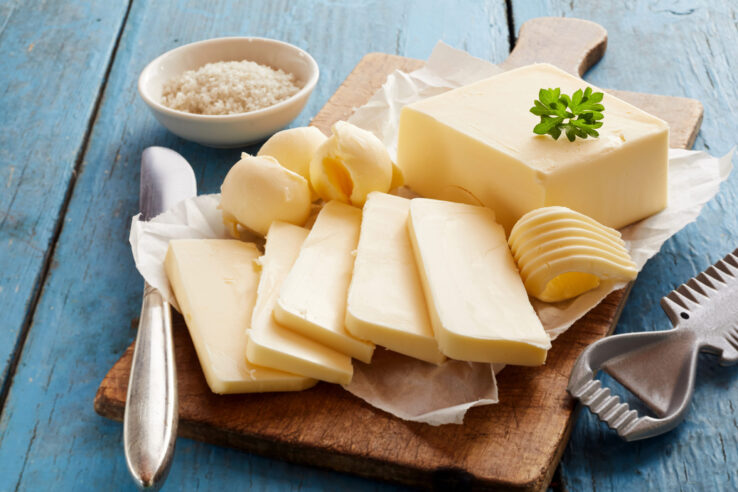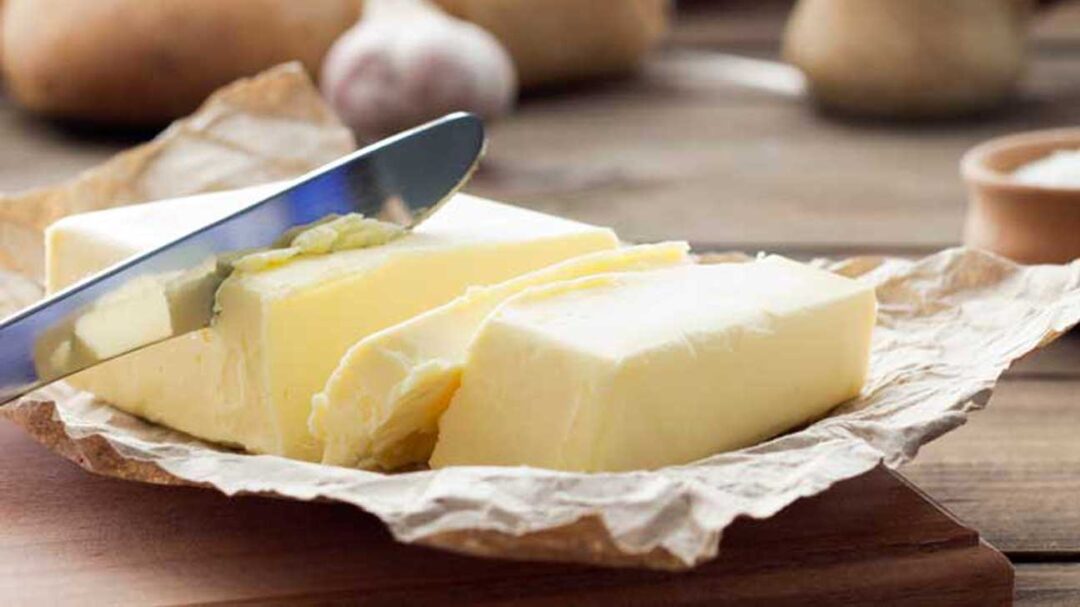Butter is a staple in kitchens around the world, cherished for its creamy texture and rich, savory taste. While unsalted butter is commonly used in baking, salted butter, which includes a touch of added salt, is equally popular and versatile. In this, we will delve into the characteristics of salted butter, exploring its unique qualities, historical significance, production methods, and its diverse culinary applications.
The practice of incorporating salt into butter dates back to ancient times, serving both practical and culinary purposes. Historically, salt was used as a preservative to extend the shelf life of this highly perishable dairy product. The addition of salt also brought an enhanced flavor profile to the butter, making it a valuable culinary ingredient.
In Europe, where butter has played a significant role in culinary traditions, salted butter was a culinary cornerstone. During the Middle Ages, butter was salted not just for preservation but also for the delightful depth of flavor it added to various dishes. In Scandinavian countries, the consumption of salted butter has deep historical roots, and it remains a cherished element of their cuisine.
Characteristics of Salted Butter:

Source: mashed.com
1. Distinct Flavor Profile:
Salted butter is renowned for its rich, creamy, and subtly tangy flavor. The addition of salt augments the overall taste of the butter, striking a harmonious balance between the natural creaminess of butter and the savory notes of salt. MERICO SALTED BUTTER can vary from one brand to another, offering consumers options to suit their preferences.
2. Versatility in the Kitchen:
One of the defining characteristics of salted butter is its incredible versatility in the kitchen. It can be used in both sweet and savory culinary applications, making it a favorite among cooks and bakers alike. In baking, salted butter contributes depth and complexity to cookies, cakes, pastries, and pie crusts. In cooking, it serves as a flavorful fat for sautéing vegetables, pan-frying eggs, or seasoning pasta dishes.
3. Enhanced Preservation:

Source: thehappyfoodie.co.uk
The inclusion of salt in salted butter is a powerful preservative. Salt helps inhibit the growth of bacteria, which can cause spoilage. Consequently, salted butter has a longer shelf life compared to unsalted butter. It can be stored for several weeks at room temperature without spoiling, though refrigeration is recommended for prolonged storage.
4. Spread ability:
Salted butter is typically softer and more spreadable than unsalted butter when taken directly from the refrigerator. This characteristic makes it an excellent choice for spreading on bread, toast, bagels, or other baked goods. The salt content also contributes to the smooth, creamy texture that allows for easy spreading.
5. Enhanced Flavor in Cooking:
When salted butter is used in cooking, it imparts a unique depth of flavor to dishes. It can enhance the taste of sautéed vegetables, pan-seared meats, and roasted potatoes. Its subtle saltiness enables it to serve as both a cooking fat and a seasoning in one, simplifying the flavoring process.
Production of Salted Butter:

Source: batoryfoods.com
The production process of salted butter closely mirrors that of unsalted butter, with the key distinction being the addition of salt. Here’s a simplified overview of how salted butter is crafted:
- Cream Collection: The journey begins with the collection of fresh cream from milk. Cream can be separated from milk using various methods, such as centrifugation or the natural creaming process.
- Pasteurization: To extend shelf life and ensure safety, the cream is pasteurized by heating it to kill any harmful bacteria.
- Churning: The pasteurized cream is then churned, causing the fat globules in the cream to combine and form butter. This process continues until the desired consistency is achieved.
- Salting: During the churning process, salt is incorporated into the butter. The amount of salt can vary, typically being around 2-3% of the butter’s weight.
Conclusion
Salted butter stands as a beloved ingredient with a rich history and a distinctive flavor profile. Its versatility makes it a valuable addition to any kitchen, whether for baking, cooking, or simply spreading on a warm piece of bread. The addition of salt not only enriches the taste of butter but also acts as a reliable preservative, extending its shelf life. Understanding the characteristics of salted butter and its diverse culinary applications is essential for both home cooks and professional chefs, as it opens the door to a world of flavorful possibilities in the realm of cooking and baking.




